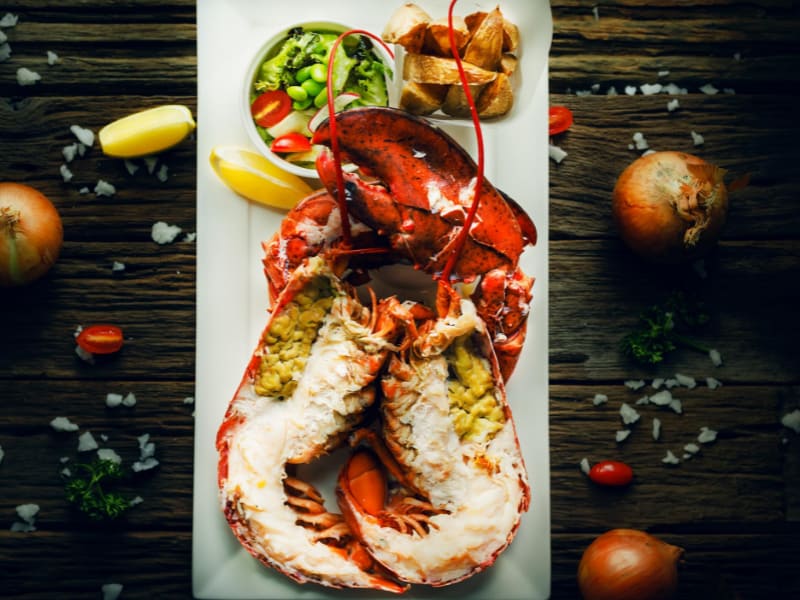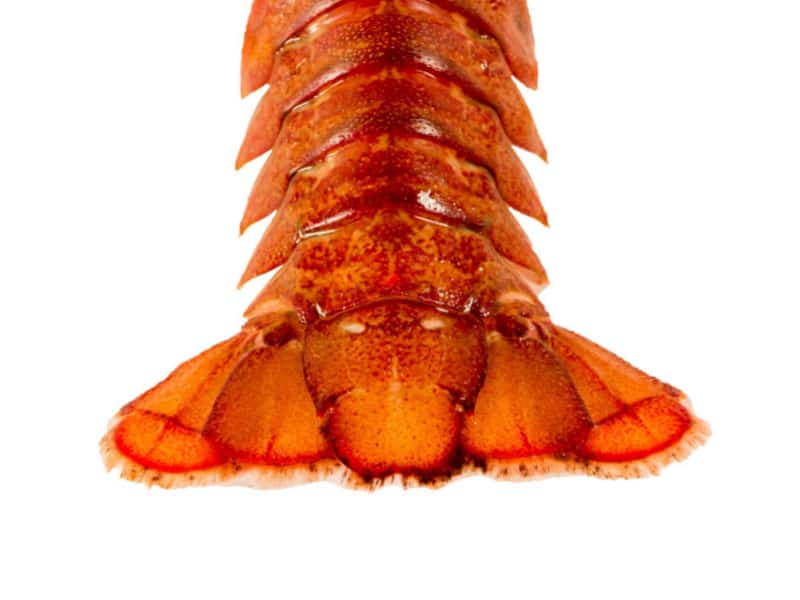Lobsters are one of my favorite seafoods, and I love to cook them in all sorts of ways. But when you’re cooking lobster for dinner, it can be hard to know what to do with the shells after the meal is over.
Can you compost lobster shells?
Turns out that you can compost lobster shells. They will add many benefits to the compost and soil. In fact, I found that they can even be used as fertilizer for plants.
In this article I’ll share with you everything I learned about making lobster shell compost. I’ll also tell you where you can get free lobster shells, and how to prepare lobster shells for compost.
Can You Compost Lobster Shells?
Yes, you can compost lobster shells, and you should be composting leftover shells from meals. They will provide many beneficial micronutrients to your compost. And if you’re a gardener, you can use the shells to create an organic fertilizer for your plants.
There are many ways to eat lobster. Some people like to steam or boil lobsters, while others prefer to bake them or grill them. There’s no right way to eat lobster, but at the end, you will have lobster shells left over and you should be adding them to your compost to help your plants.

Benefits of Composting Lobster Shells
There are many benefits to composting lobster shells, the main one being their calcium content. Many vegetables can benefit from an extra boost of calcium, making lobster shells the ideal compost supplement for vegetable gardens.
Vegetable plants that would benefit from an additional calcium supplement include tomatoes, squash, Brassicas, legumes, and potatoes.
Many fruit trees, including peach, pear, apple, cherry, and citrus, will appreciate a compost mulch that is high in calcium once in a while. But it is not just fruit-bearing and edible plants that will appreciate the extra calcium. Other plants like conifers, roses, and tobacco will benefit from it too.
Calcium will also help build strong cell walls and will help to prevent blossom end rot. Lobster shells also contain magnesium and nitrogen, which are essential for plant growth.
While the shells are classed as a green material due to their nitrogen content, lobster shells break down slowly, which helps with drainage. Lobster shells also contain an element called chitin, which helps with moisture retention.
All this being said, it’s worth remembering that a compost heap is like a human digestive system. Too much of one thing can lead to issues down the road. Adding the occasional lobster shell is fine, but too much might tip the balance of your compost.
If you are unsure if your compost pile is balanced, it’s worth testing the pH of your compost. Too much calcium can make it overly alkaline. This could cause problems such as root rot. If you notice that your compost has become too acidic, then you may want to consider adding more lobster shells.
Preparing Lobster Shells for Composting
The pungent smell of lobster shells can attract pests and scavengers. It’s essential that you prepare the shells and compost them properly to avoid both bad smells and unwanted garden visitors.
- Wash the lobster shells thoroughly – Any lobster meat stuck to them will make the scraps even more attractive to scavengers. It is also important that you get off any oils or sauces used in the cooking process. As lobsters are sometimes cooked in salt water, washing off excess salt will be beneficial, as salt can be detrimental to your soil and plant’s health. Soaking the shells overnight and then rinsing them off is an excellent low-labor way of ensuring they are nice and clean.
- Crush the lobster shells – Crushing the shells will help them break down faster and help you mix them into your compost heap.
- Add the lobster shells to the center of your compost pile – To ensure that no pests will smell the lobster shells, add them to the middle of your heap, or pile other materials or finished compost on top. You could also fence your compost off with chicken wire if you feel pests might be an issue.
Where Can You Get Lobster Shells?
Like most things you put in your composter, lobster shells will usually be available as a by-product of cooking and eating lobster!
However, if you are keen to have the benefits of lobster shells in your compost, but you don’t like eating lobster, there are a few ways you can get your hands on some.
Your local fish market (fishmonger) and seafood restaurants are great places to start if you are looking for waste lobster shells, especially if you live near a fishing port! You might also want to check with seafood-loving friends in case they have some that need disposing of.
Alternatively, you could buy them in pre-powdered form, like this one from Amazon.
Can You Compost Lobster Meat?
Lobster meat should not be added to traditional outdoor compost piles because the smell and meat will attract pests and breed pathogens. A little meat probably won’t cause too much trouble. If you’re using alternative composting methods, it is possible to effectively compost lobster meat.
In the unlikely event that you have any lobster meat left over from meals, you might wonder if you can compost it. Like with any other meat product, the answer depends on how you are composting.
In an outdoor composter, composting meat is advised against, as it attracts pests and can harbor pathogens even when cooked. A little bit of lobster meat buried deep in your compost heap won’t cause too many problems, but it’s not good to do it regularly or with a substantial amount.
However, nowadays, there are many ways of composting that enable you to add things that you would not be able to compost using the traditional method.
Sealed composting systems, like electric composters, hot composters, Effective MicroOrganism composting, or in-ground systems like the Compot will probably be able to compost lobster meat. However, it’s always good to check the manufacturer’s guidelines first.
Trench composting also offers the possibility of composting lobster meat. Still, the meat must be well covered in soil, and you should only do it in areas that don’t have particularly voracious pests. Rats, for example, are excellent diggers, and you run the risk of rodents digging up your garden to get to the scraps.

Composting Lobster Shells Final Thoughts
Lobster shells are a useful addition to your compost heap, but they shouldn’t be used as a regular component or in large amounts. It’s best to use them sparingly when adding them to your compost pile.
If you have leftover lobster shells, try to find someone who wants them, or look into buying them in powdered form instead.
For more on materials to throw in compost bins and piles, check out these articles:


